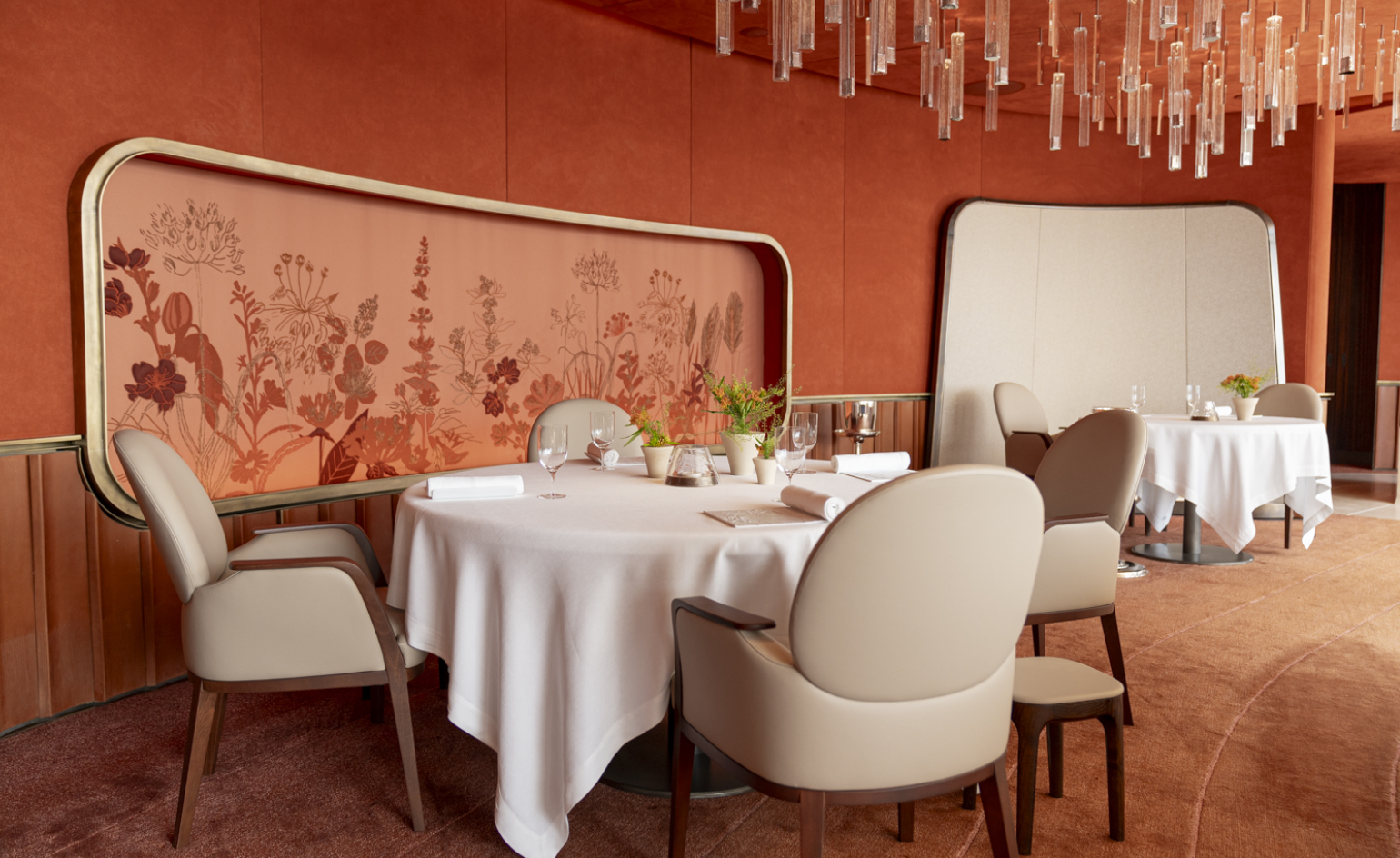
La Pergola, helmed by chef Heinz Beck, was the first and only restaurant in Rome to earn three Michelin stars, a distinction it has held since 2005. But you could say it’s nearly as famous for the view – one that many will tell you is the best in town. La Pergola’s position on the top floor of Rome Cavalieri, A Waldorf Astoria Hotel – at the crest of the leafy Monte Mario, the city’s highest hill – provides a direct line of sight to Saint Peter’s, the Altare della Patria, and other Roman landmarks, with the historic centre stretching out in the distance.
La Pergola, Rome
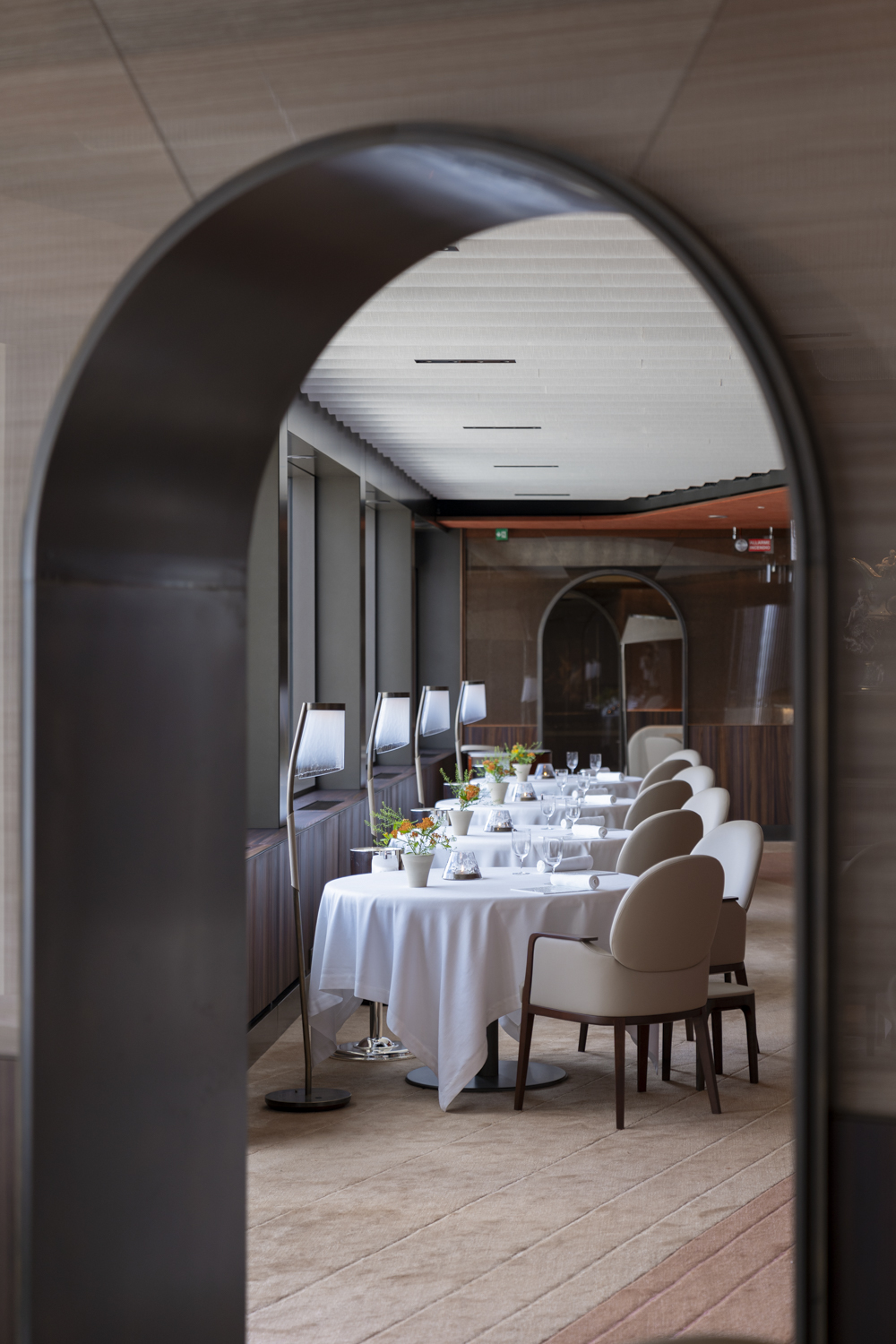
‘You get the light, you get the heat, you get the terracotta roofs, the ochres, the siennas, this incredible warmth that comes out of the city,’ says Sanjit Manku, co-founder, with Patrick Jouin, of Paris-based architecture and interiors studio Jouin Manku. Last month, the firm completed its new design for the fine-dining institution – one that brings the city even closer.
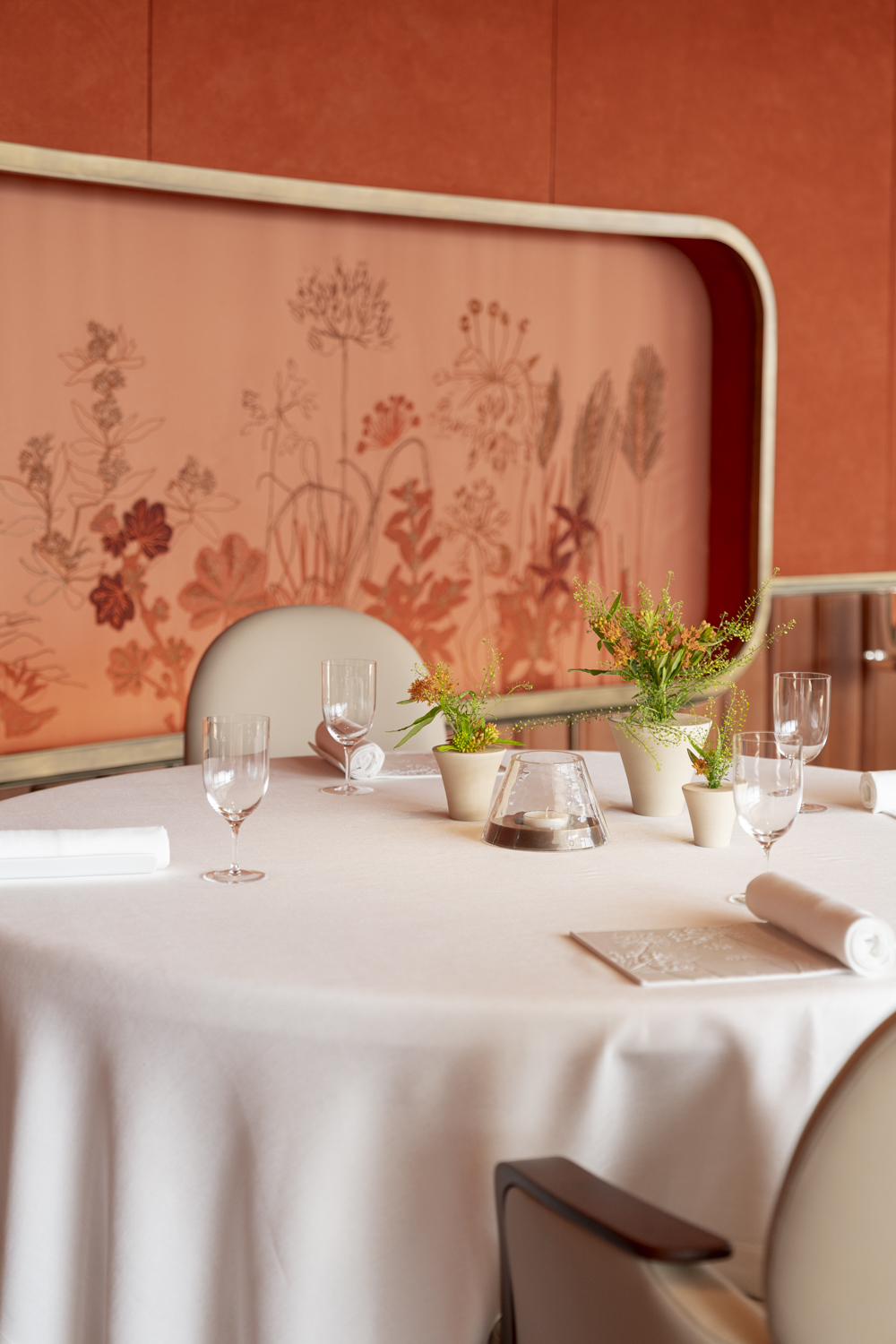
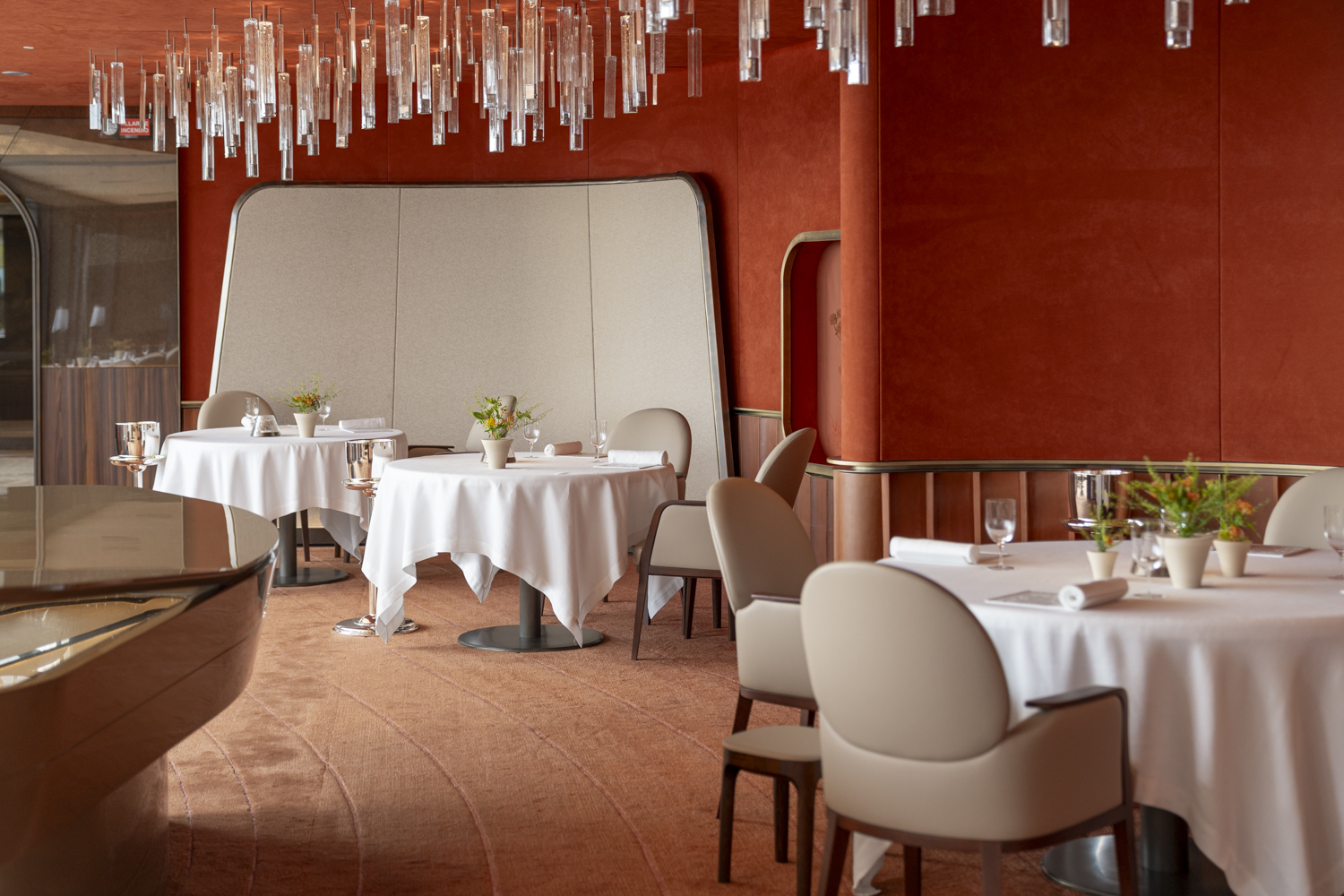
‘Our aim is to conceptually and distinctly invite the essence of Rome into La Pergola,’ Jouin explains. In some ways, this is almost literal: The railing on the terrace, for example, has been rebuilt with panes of glass so that no view is obstructed. The bar is a fluted column made of travertine, the ancient Roman stone of choice; custom terracotta tiles, like those on the roofs at the foot of the hill, form a sort of baseboard around the perimeter of the main dining room. But the restaurant’s surroundings become part of the dining experience by more subtle means, too, like the draped fabric on the ceiling – which hides LEDs that create the restaurant’s own ‘sky,’ conjuring clouds or even speckles of rain. Rain on the Roman rooftops is mirrored, too, in the twinkling Hunat chandelier: angular tubes of crystal, dotted with bubbles, that descend from the ceiling.
Rome Cavalieri, completed in 1963, was designed by Ugo Luccichenti in collaboration with Pier Luigi Nervi, and some pieces – such as the custom carts that trolley wine, cheese, and tea between tables – speak to the broader hotel’s architectural heritage. Others are drawn from the private art collection housed on the property, which contains more than 1,000 works from various periods. The centrepiece of the second dining room is a set of vases by Art Nouveau glass master Émile Gallé, housed in a display case sunken into the back wall. ‘When we design a place, we always ask ourselves: What can we do that’s unique to this situation?’ Manku explains. ‘In the project for Cavalieri and Heinz Beck, we balanced the owners’ love for art and culture with Heinz’s blend of romanticism and modernity.’


Beck himself was heavily involved in the plans for the redesign, which incorporates more than a few nods to his cooking. ‘Everything is intentional,’ he says. The silk panels on the walls, embroidered in Paris by Atelier Montex, show the herbs and flowers that Beck uses most, which appear, too, on the dishes from Feeling’s Sylvie Coquet, the renowned porcelain studio in Limoges. And that larger idea of bringing Rome into the restaurant is palpable in Beck’s modernist cooking. The low-food-waste menu, updated for the reopening, includes creations like a faux sanpietrino – the style of cubical paving stone typical of Rome’s historic centre – crafted from tomato and vegetable charcoal, and lamb sull’Antica Appia, in which legumes mimic the rugged surface of the ancient Appian Way.
‘Chef Beck brilliantly marries the rich traditions of Italian culture with modern culinary techniques,’ Jouin says. With the renovation, he explains, ‘Our goal is to become the first amuse-bouche.’
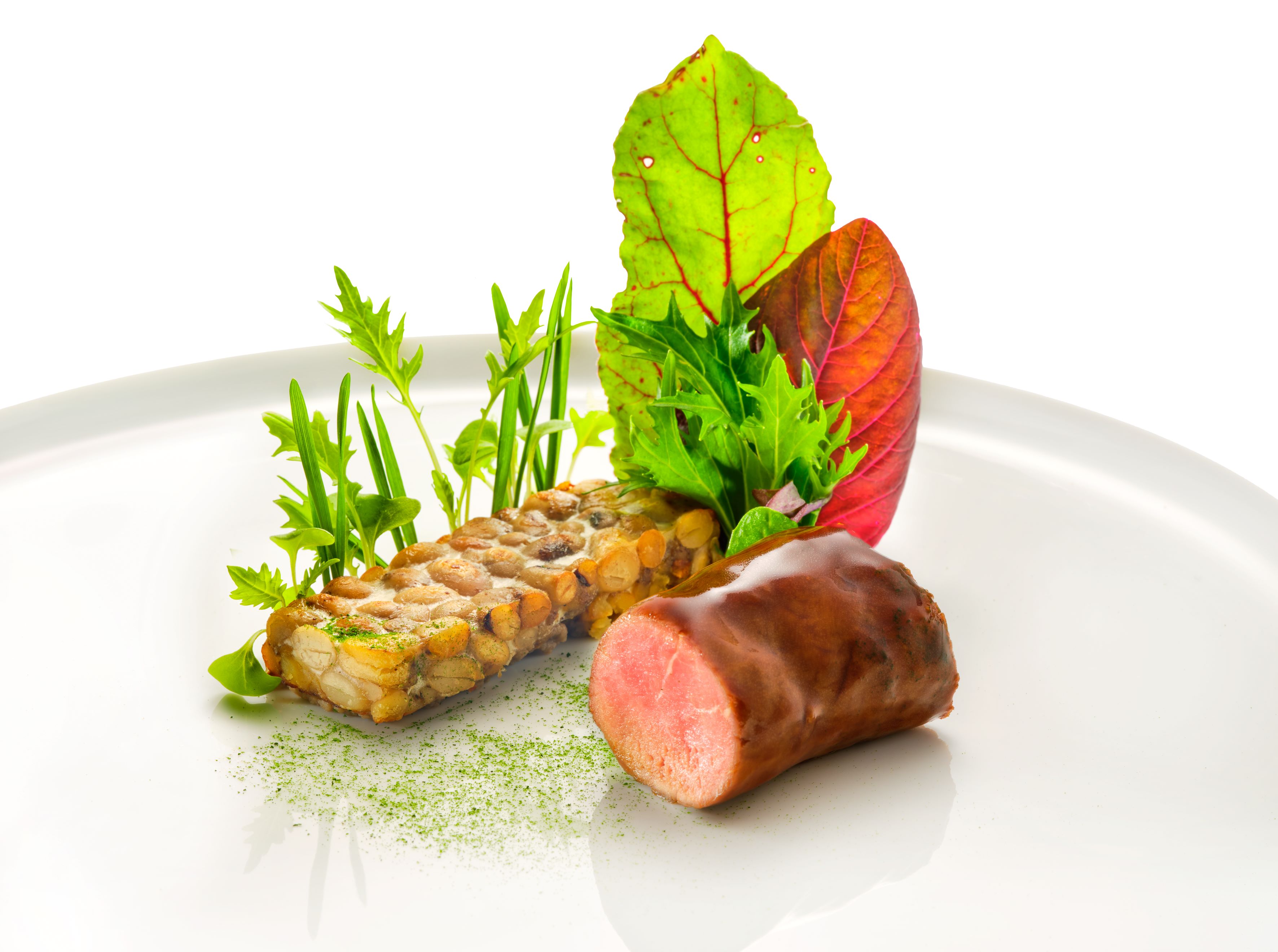
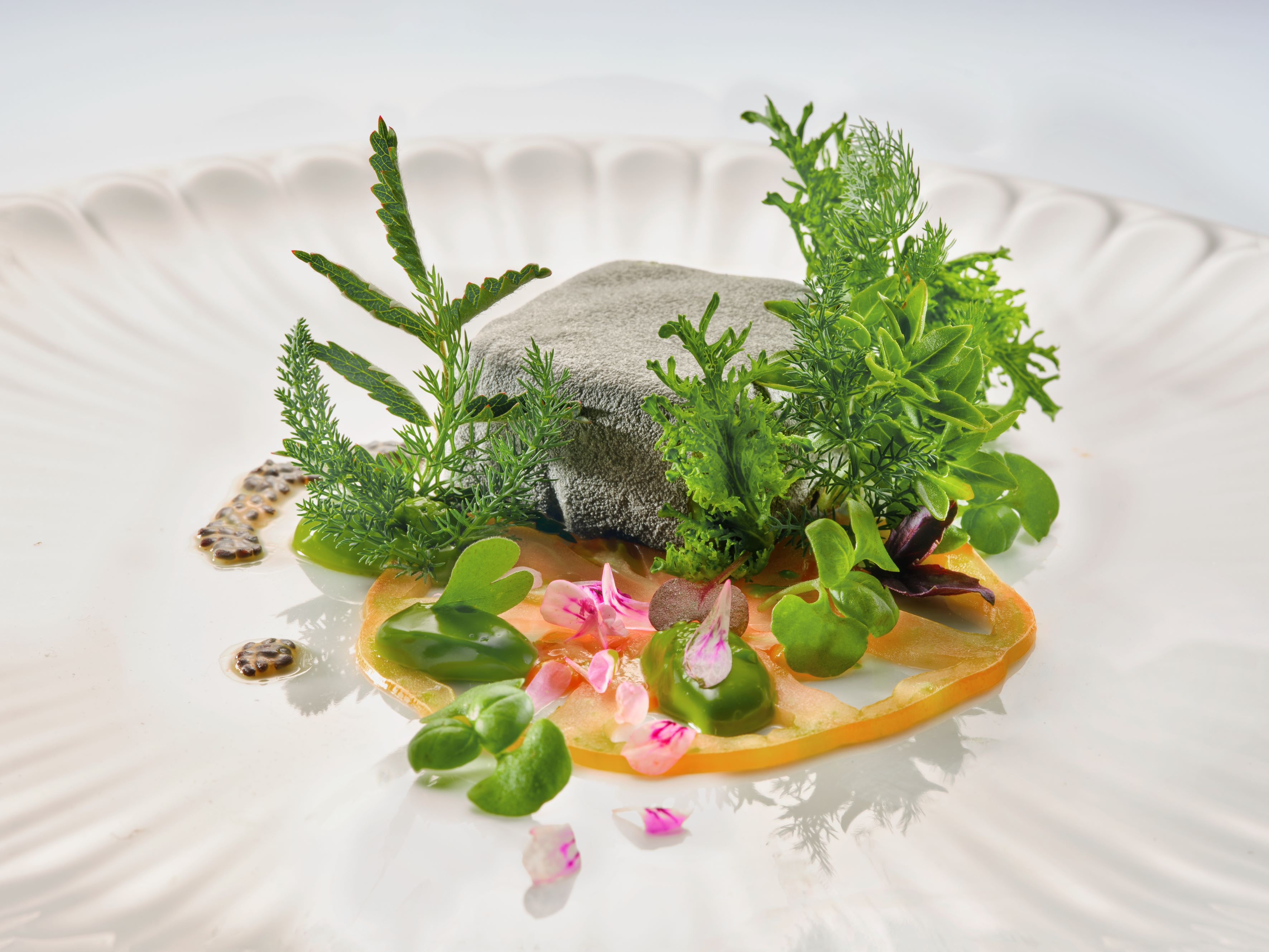
La Pergola is located in Rome Cavalieri, A Waldorf Astoria Hotel, Via Alberto Cadlolo, 101, 00136 Rome, Italy, romecavalieri.com







